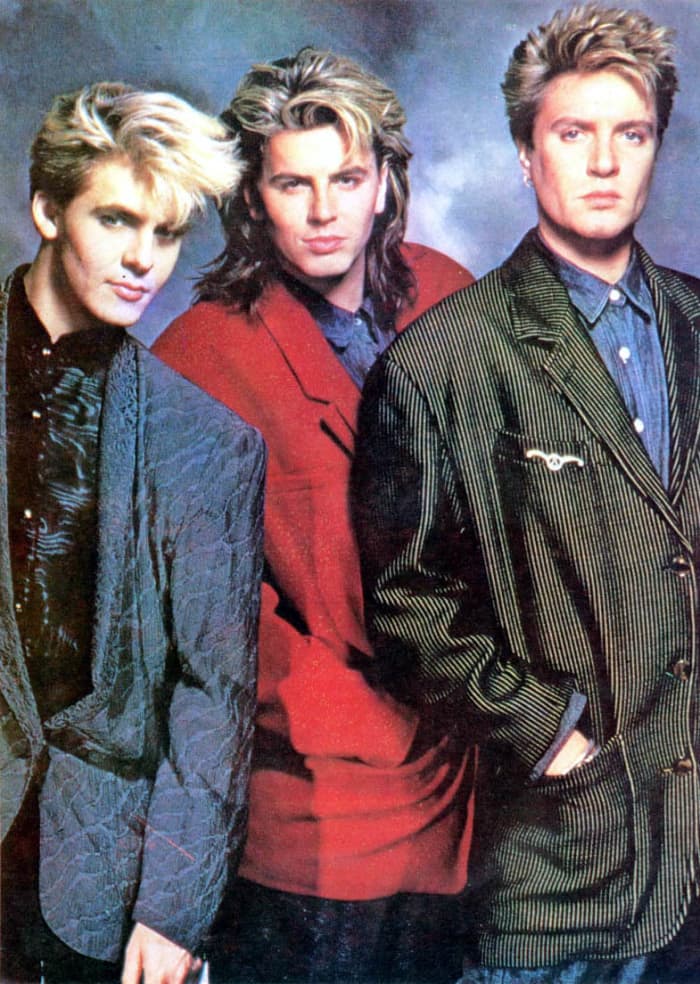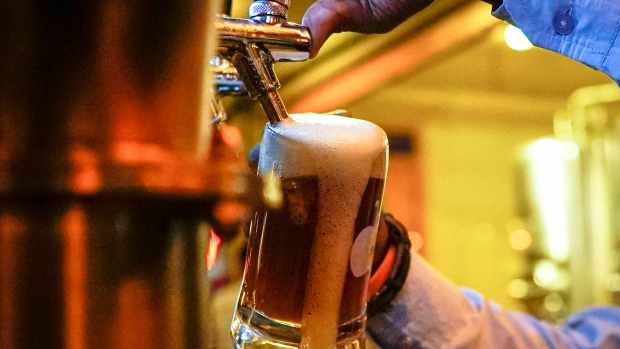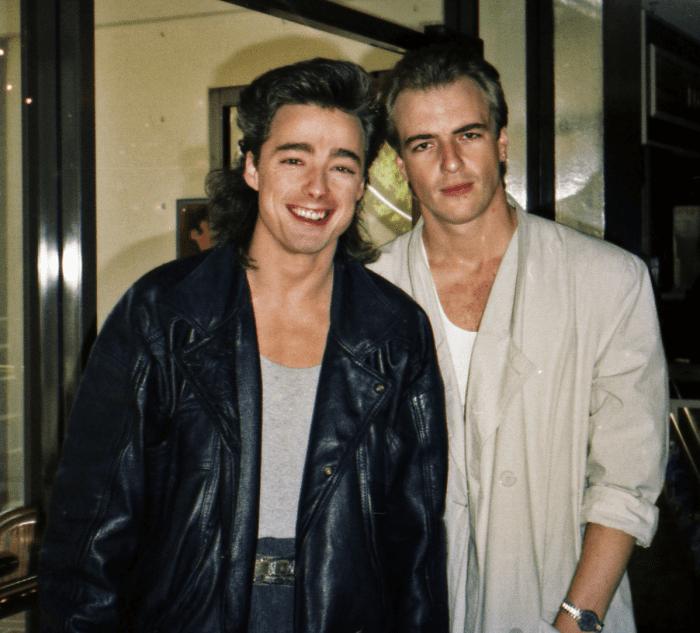300 Best Pop Bands of the ‘80s and ‘90s
The ‘80s and ‘90s paved the way for different styles of pop music in mainstream. Considered by music purists as the decorative years of alternative genres, the decades showcased a fascinating pop ethos adopted by bands from different genres in their sound. Pop groups with diverse musical influences came into the forefront with their mesmerizing melodic theatrics.
Along with rock music, pop music reached a wider audience in the ‘80s and ‘90s. Indeed, some of the best pop bands reigned supreme in these decades. Dance music, contemporary R&B, soul, electronic music, funk, synth-pop, new wave, pop-rock, new jack swing, house, indie pop, reggae, dance-pop and teen pop formed the integral pop blueprint of these decades.
The list below showcases an epic collection of pop groups and pop bands of the ‘80s and ‘90s. If you are a fan of pop music you will have a view, opinion, or suggestion. Speak your mind in the comments section.
The 10 Best Pop Bands of the ‘80s and ‘90s
1. Duran Duran
2. A-ha
3. Pet Shop Boys
4. Boyz 2 Men
5. Culture Club
6. Eurythmics
7. Depeche Mode
8. Air Supply
9. Tears for Fears
10. Modern Talking
Pop Groups in the ‘80s
Alongside a great number of solo artists that had widespread superstardom, numerous pop groups emerged with their distinctive styles and sounds. Synth-based sounds became the signature identity of bands that combined pop elements with rock. While a number of American pop groups with an R&B-dance flavor became a rage globally, it was the dominance of British New Wave bands with rock-oriented synth flourishes that became the epic sound in pop music in the ‘80s.
Recommended
Pop bands incorporating alternative influences shaped and redefined pop sensibilities in the ‘80s. Non-mainstream pop-punk bands with their eclectic synth sounds achieved a great deal of success in the decade. The decade also witnessed bands pioneering the dance-pop and dance-rock sound. While disco lost steam in the 80s, a number of Italo disco and Euro disco acts with their blend of disco beats with pop characteristics became exceedingly popular.
#11—20
11. Simple Minds
12. Wham!
13. Bee Gees
14. New Order
15. Simply Red
16. Madness
17. Backstreet Boys
18. Flock of Seagulls
19. Earth, Wind & Fire
20. Spice Girls
New Wave Bands of the ‘80s
The era of new wave music is often associated with the ‘80s. The decade witnessed a slew of new wave groups became exceedingly popular in pop landscapes. With the arrival of American cable channel MTV in 1981, a great number of acts associated with the genre were able to showcase themselves to the world with their music videos through the decade. While certain new wave bands embarked on their musical journey by signing recording deals with major recording companies, majority of the acts were unsigned and released their music independently at gigs and concerts.
Pop imagery evolved significantly with the new wave culture in the ‘80s. British new wave acts ushered a new sense of musical dynamism with their trademark synth structures. The raw energy brought by punk sounds fueled with synth-based productions gave new wave a bold new identity in the realms of both pop and rock music. While R&B dominated the pop music scene, it was new wave that launched pop in a new direction. Certain new wave acts with aesthetically crafted guitar and synth-driven melodic structures started being associated with the broad spectrum of pop-rock bands.
#21—40
21. Erasure
22. The Pointer Sisters
23. Sade
24. The Cars
25. Massive Attack
26. The Bangles
27. Color Me Badd
28. TLC
29. Chicago
30. Take That
31. Jamiroquai
32. Squeeze
33. Miami Sound Machine
34. Talking Heads
35. Hall & Oates
36. Wang Chung
37. The Human League
38. Prefab Sprout
39. Huey Lewis and The News
40. Thompson Twins
Synthpop Bands of the ‘80s
With advances in technology in the music industry, synthpop emerged with stinging venom through the ranks of new wave in the ‘80s. The unique identity of the genre was the prominence of synthesizer sounds. Synthpop was characterized by the use of sequencers, drum machines, and synthesizers. Numerous synthpop duos achieved widespread commercial success with their brand of synthetic rhythmic structures interwoven with repetitive riffs and emotive vocals.
Purists and music journalists severely criticized synth-pop musicians for their lack of skills towards playing musical instruments and relying heavily on tech-gadgets to reproduce musical forms. Defying all odds, synthpop bands and artists had some of the biggest chart-topping songs in the decade. Synthesized dance music became a rage in the decade, especially with teenagers globally. The emotive voices of synth-pop acts and synth-rock bands in the ‘80s, propelled a new entity of musical influences in electronic music.
#41—60
41. M People
42. The Style Council
43. Hanson
44. Go West
45. Portishead
46. En Vogue
47. Bananarama
48. ABC
49. Orchestral Maneuvers in the Dark
50. Savage Garden
51. Ace of Base
52. Katrina and the Waves
53. Soft Cell
54. New Kids on the Block
55. Roxette
56. Johnny Hates Jazz
57. Wilson Phillips
58. Pulp
59. 98 Degrees
60. Wet Wet Wet
Pop Groups in the ‘90s
An eclectic mix of pop sounds emerged in the ‘90s. The pop blueprint became even more widespread with bands and artists incorporating ethnic sounds and progressive sounds in the realms of mainstream. Teen pop and dance-pop continued to dominate the music scene in decade. A number pop groups and artists started experimenting with rhythmic structures blending styles of funk, jazz and soul with elements of mainstream pop. This form of experimentation led to urban music forms that resulted in fusion genres such as neo-soul and new jack swing.
Girl power resurrected to a whole new level in in the ‘90s. A number of female artists and girl groups achieved chart-topping success with their brand of pop music in the decade. British and American teen pop groups made a big splash with their uptempo dance songs and ballads. The catchy beat-oriented structures of dance-pop became the signature identity of many pop groups of the ‘90s. Boy band songs became exceeding popular with young audiences, especially among teenage girls globally.
#61—80
61. Mike and the Mechanics
62. XTC
63. The B-52’s
64. Mr. Mister
65. Alphaville
66. Joy Division
67. Level 42
68. Kool & the Gang
69. Talk Talk
70. Berlin
71. Frankie Goes to Hollywood
72. Spandau Ballet
73. Lipps Inc.
74. Cocteau Twins
75. DeBarge
76. Ultravox
77. Boyzone
78. Snap!
79. Men At Work
80. The Beautiful South
Eurodance Groups of the ‘90s
As the growth of computers became prominent in music technology in the ‘90s, it allowed a wide spectrum of musicians to produce electronic music at home by reducing cost on musical equipment and production budgets in studios. The DIY ethos of electronic music led to musicians forming projects and groups to release techno, rave, and house albums. The popularity of these trippy dance-fueled genres let to the establishment and boom of the Eurodance genre.






